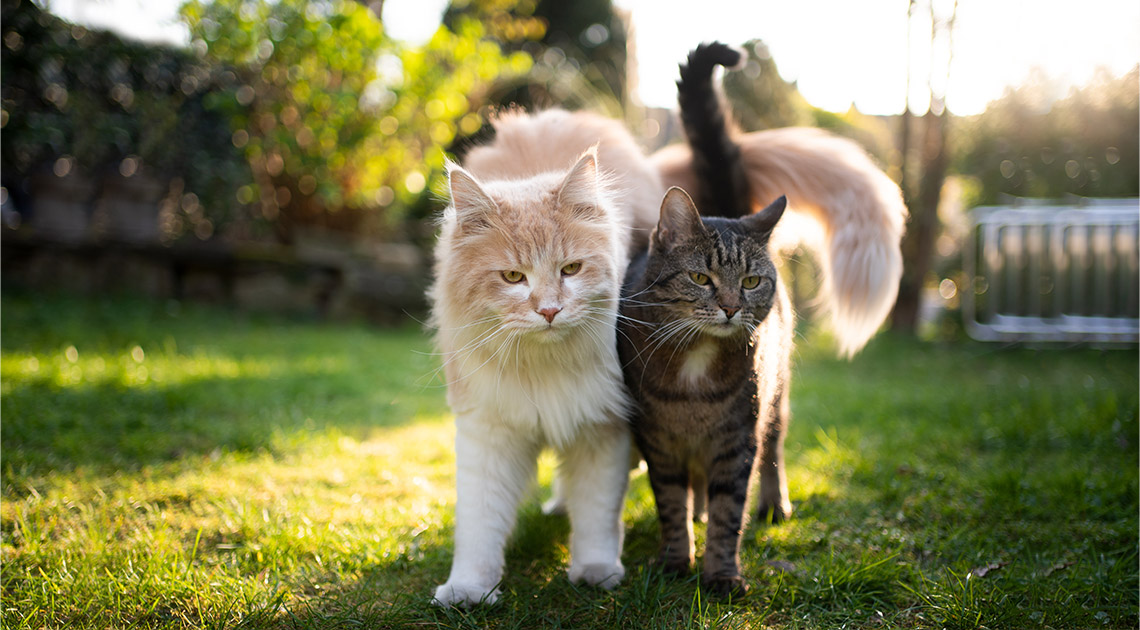The tail of the cat and its movements: how to decipher the important signals


The arrival of a new kitten at home is a critical moment, so it is very important to welcome him/her in the best possible way. The period of adaptation to the new family...
Domestic cats are our beloved companions at home, but what do you know about their wild cat cousins? We are not talking about lions, tigers or leopards, but other types...